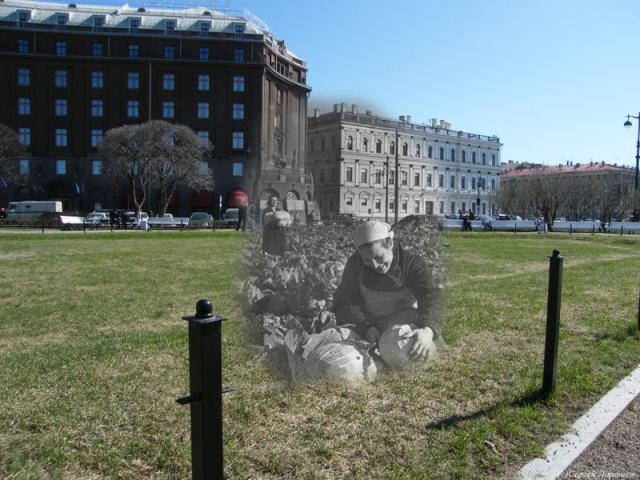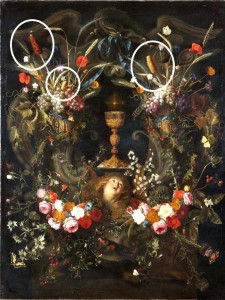Caveman Forecaster is a blog about “the art and science of time series analysis and forecasting.” There was a post about a month ago about bedbugs that really piqued my interest. It seems that bedbugs (Cimex lectularius) were virtually eradicated in the US fifty years ago, but are making a comeback. That has even led to the organization of a National Bedbug Summit, which took place last month. The post was mostly about using Google search data to monitor and predict the seasonal outbreaks and longer-term trends. But it got me looking into the reasons for the resurgence, and wikipedia has a reasonable summary of that, with plenty of references. Basically, genetic diversity studies suggest that there was never complete eradication, but that the pesticide-resistant populations moved to alternate hosts, “have slowly been propagating in poultry facilities, and have made their way back to human hosts via the poultry workers.” So here’s another example of a human pest which can also hang out with agrobiodiversity, and jump back and forth.
Nibbles: Savannah
- “Experimental botany, murderous pirates, secret tunnels and an all you can eat buffet; there are very few places where these things can all be found together.”
VIR at war
I’m going to have to take back what I said about English Russia. Just a couple of days after it featured old photos of Russian agriculture, today there’s more of agrobiodiversity interest. Sergei Larenkov mashes up images of modern St Petersburg with photos taken during the siege. Below is one of St Isaac’s Square. There are several others. It was a cabbage patch during the war. The building in the middle is — and was — part of the Vavilov Institute.

Compare it with the picture I took recently.
Rokupr rotting away
An opinion piece in the Awareness Times of Sierra Leone decries the current parlous state of Rokupr Agricultural Research Station. It starts, however, by waxing lyrical abut the past.
Established about half a century and decade ago, the Rokupr Rice Research Station was a darling vision of the early colonialists who among other considerations were fascinated by the fertile ecologies and enviable terrain of the Scarcies coastline… With rice as a popular diet in West Africa and around the world, Sierra Leone in the shadows of Rokupr Rice Research was put on the spot light of fame and popularity. Rokupr became internationally known.
Indeed. And not only for rice breeding, but also for being at the forefront of the scientific thinking about on-farm conservation of plant genetic resources in the 1990’s, as part of the Community Biodiversity Development and Conservation Project. Alas,…
…[t]he present condition of Rokupr Rice Research is dismal. The one time elegant roads in the station premises are presently all gorges and death traps. The compound remains uncared for. Trees, shrubs and grass have overgrown and form a canopy over the compound. The trees are dens for giant snakes and other poisonous pests. Research trial fields are abandoned. There are no resident senior staffs and research activities have been suspended for ages. The compound looks marooned and deserted. The aura of research is dilapidated. Laboratories and staff quarters are ransacked and in dear need of renovation. Staff morale, dedication, and motivation are low and devoid of promise.
A pity, especially since an alumnus of the station was minister of agriculture until fairly recently. Who will save Rokupr?
Baroque painting celebrates agrobiodiversity
I did not expect much agrobiodiversity in the Victoria & Albert’s exhibition on the baroque. But I found some anyway, in the mid-17th century Flemish oil painting Flower Garland with the Holy Sacrament and an Angel’s Head, possibly by Daniel Seghers (1590-1661). It’s reproduced below, but you can consult a better image on Flickr.
It looks to me that what I’ve marked are maize cobs, although the one on the right could, I suppose, be sorghum. If they are maize, it is interesting that they seem to show three distinct varieties. There’s variation in the other cereals too. I guess it goes with the general exuberance of the baroque. But what’s with those peduncles?
